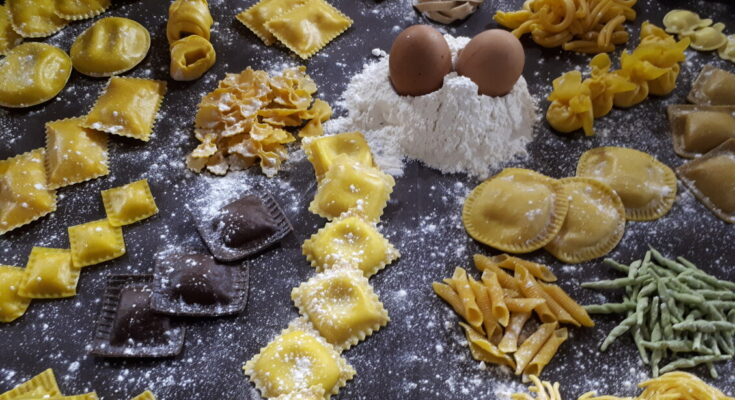Carbonara like Colosseum, tiramisu or sardines in saor like Grand Canal, pizza Margherita like Castel dell’Ovo. Italy is not only an archaeological, cultural and monumental heritage, not only a natural treasure, not only fashion and great machinery, but also and perhaps above all, a treasure trove of food and wine that is hard to forget.
And if Italian cuisine, as appropriate, is declared a world heritage site – the first positive technical opinion will be left to the final decision of the Intergovernmental Committee that will meet on India in New Delhi from December 8 to 13 – the impact on tourist attendance will be immediately visible with a realistic increase of between 6% and 8% in the first years after such recognition, and then set at more moderate growth, between 2% and 3%, over the next five years. Overall, it is likely that this push will result in around 18 million more tourist visits in two years. This comes from estimates developed by Fiepet Confesercenti based on data from the Bank of Italy, Unioncamere and Movimprese, and disseminated on the occasion of the national assembly for the reconfirmation of Giancarlo Banchieri as head of the trade association which was also joined by deputies Angelo Rossi and Gianluca Caramanna, considering the Government’s great commitment to the category with the fight against fake reviews online and in outdoor areas.
Foreign tourists’ spending in Italian restaurants, bars and public places continues to rise. In 2024, international visitors spent 12.08 billion euros, an increase of 7.5% compared to 2023. Predictions for 2025 show further growth and the total forecast is around 12.68 billion euros, equivalent to an increase of 5%. At the same time, travel related to food and wine currently generates direct spending of 9 billion euros, a value that confirms that Italian cuisine is now one of the main reasons for choosing a destination. In ten years, the sector has seen an overall increase of 1,467 active businesses, but a comparison in 2023-2024 records the termination of 4,038 businesses, with Lombardy, Veneto, Lazio and Sicily among the most affected regions. The Southern and Island regions showed stronger expansion capacity, while the Northern and Central regions recorded negative dynamics.
“UNESCO recognition – explained Banchieri – will act as a multiplier for tourism, the economy and the country’s image. But for this boost to translate into real development, far-sighted policies are needed: administrative simplification, support for investment, quality training and stable regulations for the companies that represent Italy every day.
“Italian cuisine is not only a fundamental component of our cultural identity, but is an authentic economic driving force, capable of generating value, employment and attraction in every region, from small villages to large artistic cities. We are talking about a total value of more than 250 billion euros by 2024, with a growth of 4.5% annually equivalent to 19% of the world market” said the Minister of Agriculture, Food Sovereignty and Forestry, Francesco Lollobrigida, in a video message. “These data show how important “Made in Italy” cuisine is for foreign tourists, a quality brand that allows us to introduce our traditions and, most importantly, our region, the nerve center of our products, becomes a lever in travel choices” said Tourism Minister Daniela Santanchè.
At the end of the meeting the chefs Massimo D’Innocenti and Gianluca Gorini spoke about their experiences, the first in the Eternal City and the second in a village in Romagna, and explained what dish they would make to convince the UNESCO commission that will decide on Italian cuisine in India: “Without a doubt, a delicious and simple simple pasta dish but found nowhere else in the world”. And if Gorini proposed it simply with tomatoes but with excellent raw materials, D’Innocenti proudly claimed his Roman nature and said: “Then I will throw myself into the amatriciana. We will soon convince them…”.
Reproduction protected by law © Copyright ANSA



